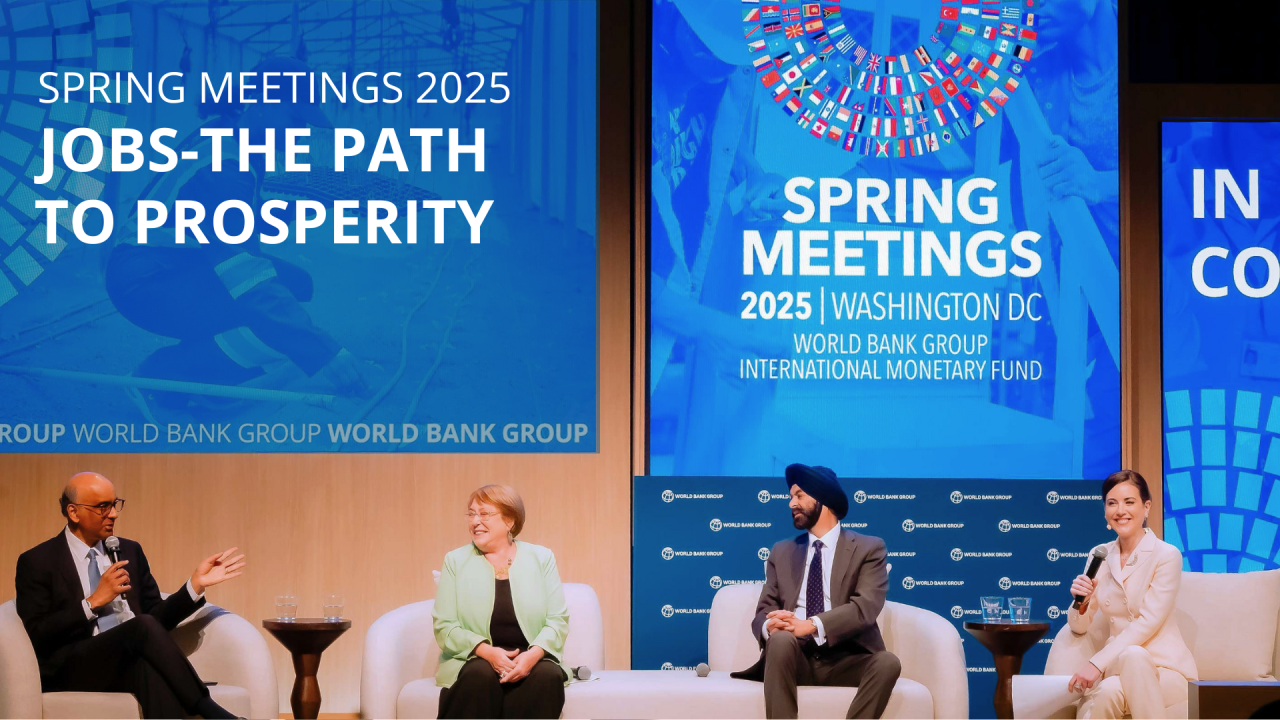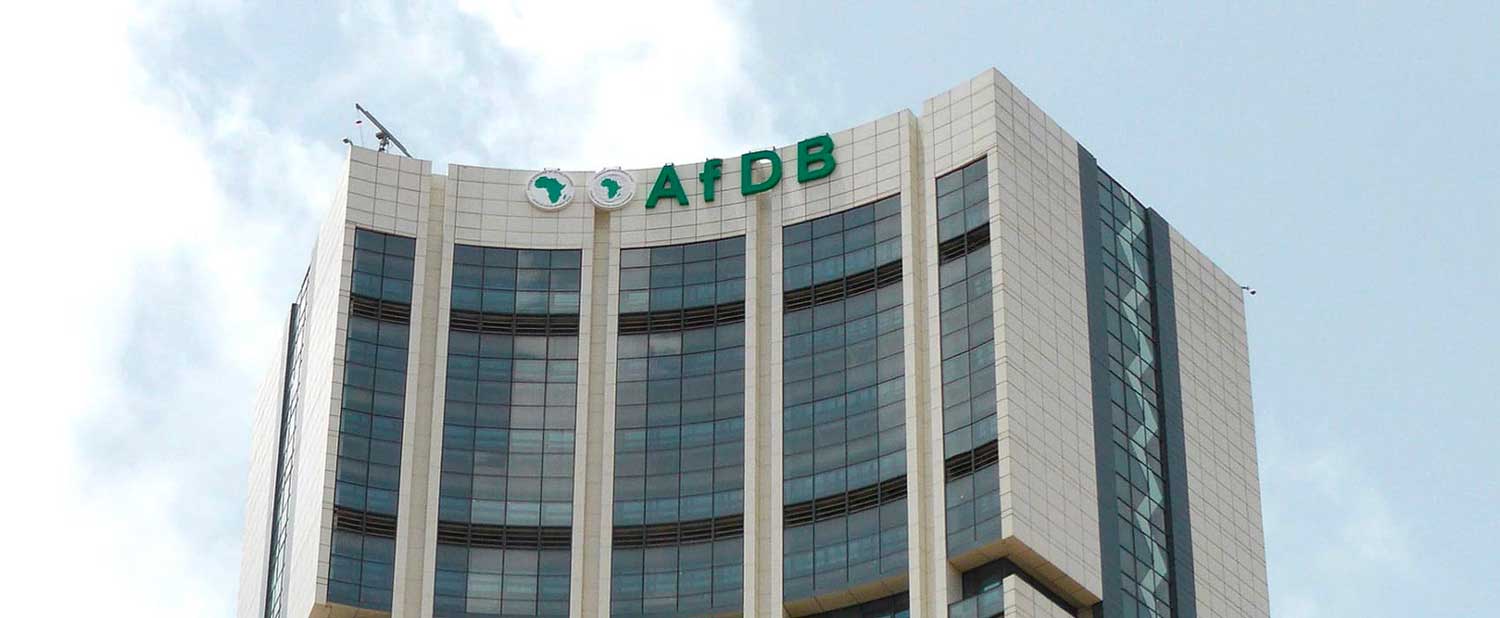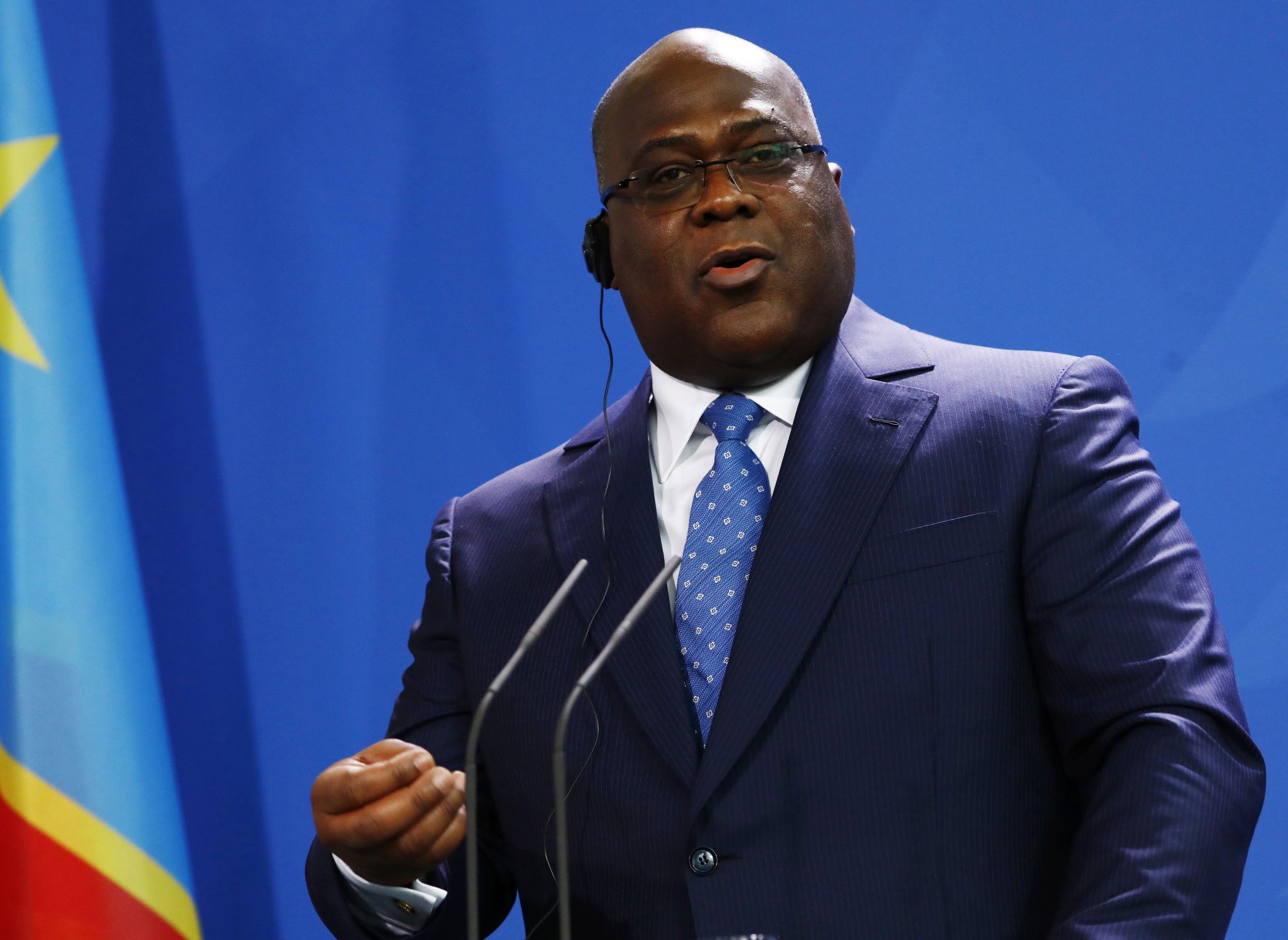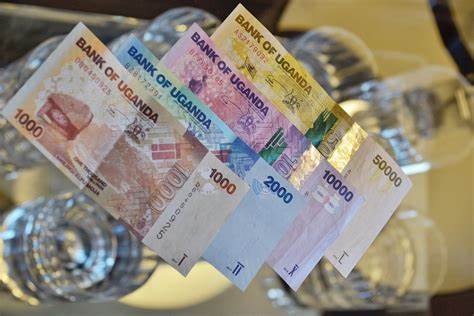Debt arithmetic drives Senegal’s market repricing
Senegal’s rerating hinges on execution: XS1790104530 requires spreads <700 bps as the peg keeps XOF=X stable; if CPI ≤4% and consolidation prints on schedule, markets migrate from tactical to structural allocations.

Senegal’s participation in the 2025 IMF–World Bank Annual Meetings formalized a shift from headline pledges to measurable fiscal repair under WAEMU rules. The authorities now anchor consolidation to a return to the 3%-of-GDP deficit ceiling by 2026, following data revisions that widened past gaps and forced a reassessment of the country’s risk premium. The policy setting entering Q4-2025 is defined by three pillars: tighter fiscal control, a hydrocarbon-led growth impulse, and a stable monetary anchor under the BCEAO peg.
Real activity remains resilient. On a calendar-year basis, GDP grew about 6.0% in 2024 and is tracking 5.5–6.0% in 2025, supported by first-phase oil from Sangomar and initial LNG volumes from the Greater Tortue Ahmeyim hub alongside steady services. Disinflation is established: headline CPI was 2.6% year on year in September 2025, down from double-digit prints in 2022, as food supply normalized and policy transmission strengthened.
Monetary conditions are anchored by the regional regime: the CFA franc is fixed at 655.957 per euro, and the BCEAO’s key rate stands at 3.25%, limiting exchange-rate pass-through and stabilizing inflation expectations. These anchors improve real incomes and reduce quarter-to-quarter volatility but do not neutralise fiscal risk.
Debt and deficit arithmetic govern the outlook. General-government debt exceeded 100% of GDP in 2024 on a revised basis, versus sub-75% previously reported, raising interest-rate sensitivity and narrowing policy space. The overall cash deficit narrowed materially from the 2023 overshoot but remains above the pre-revision path. Consolidation is being driven by three quantifiable levers. First, subsidy rationalisation has shifted from broad price caps to targeted transfers, capping energy outlays while protecting vulnerable households.
Second, non-oil revenue mobilisation via digital tax administration and base-broadening is lifting the tax-to-GDP ratio toward the WAEMU 20% benchmark from roughly 18% in 2024. Third, expenditure control focuses on SOE governance, arrears clearance schedules, and stricter investment sequencing. Each 1 percentage-point gain in the primary balance reduces gross funding needs by roughly 0.8–1.0% of GDP over 12 months and, if sustained, compresses the sovereign risk premium by an estimated 25–40 basis points.
Hydrocarbons reshape the external account, not the case for discipline. Baseline oil and LNG flows add 1.0–1.5 percentage points to growth in 2026–2027 and diversify exports, but the fiscal take depends on local content, cost-recovery timing, and on-budget treatment of receipts.
Stabilisation rules are therefore central: ring-fenced accounts and hard caps on off-budget uses will determine whether new revenues reduce non-oil deficits rather than amplify procyclicality. The monetary-fiscal loop is clear. Under the peg, fiscal slippage translates into tighter domestic liquidity, higher local-market yields, and rollover risk at the Treasury; discipline eases funding conditions and preserves private-credit crowd-in.
Markets are pricing conditional credibility. Senegal’s hard-currency curve widened after the audit revisions and rating-action risk, then partially retraced as program talks advanced. The euro-denominated 2028 note (ISIN: XS1790104530) trades around a 7% handle, still embedding a credibility discount versus WAEMU peers such as Côte d’Ivoire.
Spreads will compress only on delivery: sustained primary-balance gains, time-bound arrears reduction, and transparent hydrocarbon-revenue management. Frontier debt allocations remain tactical, rotating exposure with global duration and oil beta rather than granting a structural overweight until printed results confirm consolidation.
Regional and global context raise the stakes. Within WAEMU, Senegal historically traded inside the bloc on governance and policy predictability; the 2025 data revisions reversed that premium. Globally, emerging-market high-yield spreads are stable, while oil benchmarks CL=F and LNG proxies NG=F point to terms-of-trade support into 2026.
Underperformance from here would be idiosyncratic—driven by missed fiscal targets—rather than cyclical. Conversely, meeting benchmarks would re-establish Senegal as a policy anchor within the franc zone and a preferred credit among frontier sovereigns.
The forward test is explicit and time-stamped. By end-Q2-2026: cumulative primary-balance improvement of at least 0.5% of GDP; net arrears reduction of at least 1.5% of GDP; non-oil revenue up 1 percentage point of GDP versus 2024; rolling four-quarter energy-subsidy cash outlays at or below 1% of GDP; and hard-currency spreads on XS1790104530 below 700 basis points over U.S. Treasuries.
If these prints coincide with CPI at or below 4% year on year and a stable peg that keeps XOF=X volatility contained, the curve should re-tighten toward the WAEMU composite, validating a transition from narrative repair to rule-based consolidation.





